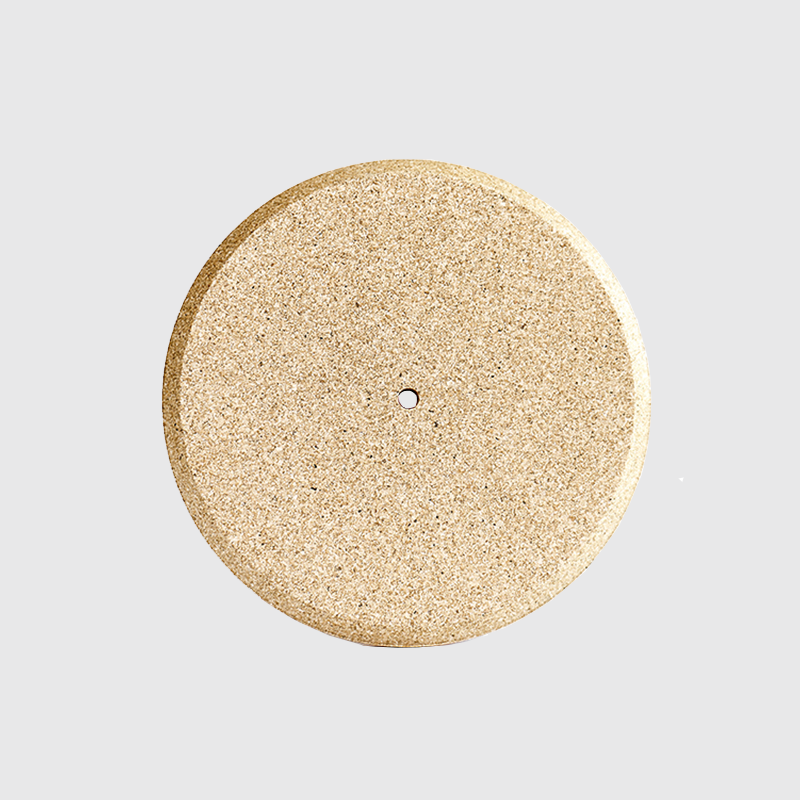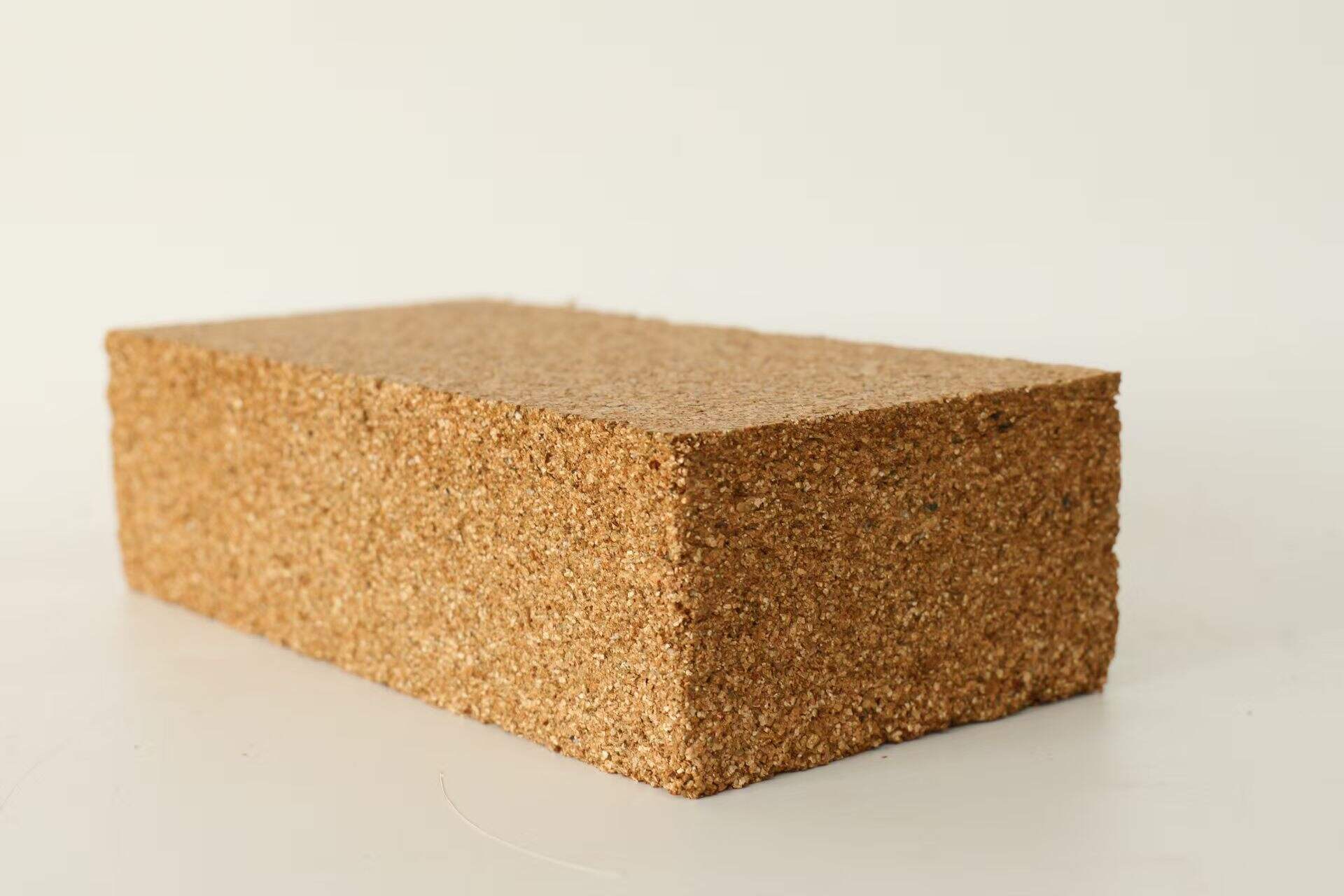Co je to izolátor z vermikulitů?
Izolace z vermiculitu vzniká z určitého typu minerálu zvaného vermiculit, který se při zahřívání rozšiřuje. Je poměrně lehký a nehořlavý, což z něj činí oblíbený materiál mezi staviteli i výrobci. Stavební čety často používají tento materiál, protože účinně brání přenosu tepla stěnami a stropy. Co činí vermiculit výjimečným? Nuže domy izolované tímto materiálem zůstávají v zimě teplejší a v létě chladnější, díky čemuž se snižují měsíční náklady na energie, jak uvádějí průmyslová výzkumná zjištění. Pro lidi žijící v oblastech s extrémními klimatickými podmínkami znamená kvalitní izolace z vermiculitu významné úspory v průběhu času, protože na udržování vnitřního klimatu je potřeba méně energie.
To, co činí vatu pro izolaci vermikulitu výjimečnou, je to, jak moc se rozšiřuje při vystavení teplu, čímž se stává docela dobrým izolačním materiálem. Při tomto rozšíření vytváří vermikulit jakýsi pevný stěnový prvek proti ztrátě nebo získání tepla, a proto velmi dobře funguje u budov potřebujících kvalitní tepelnou ochranu. Stavitelé, kteří chtějí, aby jejich stavby zůstávaly energeticky úsporné za různých počasí, často používají materiály jako vermikulit pro izolaci za vysokých teplot. Tento materiál se zdá být schopen lépe čelit extrémním podmínkám než mnohé alternativy, což vysvětluje, proč se k němu stále vrací mnoho odborníků, i přes novější možnosti na trhu.
Starosti s azbestem v vermiculitové izolaci
Identifikace kontaminovaného vermiculitu
Vermikulitová izolace kontaminovaná azbestem často pochází z těch starých nalezišť v Libby ve státě Montana, kde byla tato surovina těžena. Vlastníci domů si mohou zkontrolovat kontaminaci pouhým okem, ale upřímně řečeno, nejlepší odpověď na to, co se v ní skutečně nachází, poskytne laboratorní analýza. Při kontrole hledejte například vláknité částice nebo typický šedavý nádech, který se občas objevuje, je-li azbest přítomen. Nejlepší cestou je vždy důkladně prostudovat štítky na výrobcích a vybírat vermiculit, který je opatřen příslušným certifikátem, že neobsahuje žádné částice azbestu. Tento dodatečný krok by vám mohl ušetřit spoustu starostí na potkání.
Zdravotní rizika a bezpečnostní protokoly
Vdechování azbestových vláken ze staré izolace vermikulitu může vést k vážným zdravotním problémům, jako je rakovina plic, mezoteliom a azbestóza. EPA rozhodně chce, aby lidé věděli, že zacházení s izolací vermikulitu je kvůli těmto rizikům nebezpečné. Pokud někdo potřebuje s tímto materiálem pracovat, měl by dodržet příslušná opatření. Měl by nosit plnou ochrannou výbavu včetně respirátorů a rukavic. Ještě lépe je najmout certifikované odborníky na odstranění azbestu, kteří přesně vědí, co dělají. Místní předpisy se týkající se likvidace nebezpečných materiálů se značně liší, proto před zahájením jakýchkoli činností pečlivě zkontrolujte platná pravidla. Dodržování těchto kroků není jen dobrou praxí – při kontaminaci azbestem jde doslova o život a smrt.
Průmyslové aplikace vermiculitové izolace
Řešení vysokoteplotní izolace
Pokud jde o odolnost vůči extrémnímu teplu, izolace z vermiculitu vyniká tím, že snese teploty až do přibližně 1 000 °C, aniž by se rozpadla. Proto ji často najdeme v místech, kde se teploty opravdu vyšplhají, například uvnitř leteckých motorů během testování nebo jako výstelka obrovských pecí v ocelárnách. Tato hmota velmi účinně udržuje teplo tam, kde má být, a to znamená menší ztráty energie při provozu průmyslových zařízení. Firmy uvádějí, že po přechodu na vermiculit ušetřily na nákladech za energie, hlavně proto, že přes stěny a skříně zařízení uniká méně tepla. Pro každého, kdo se v továrnách nebo dílnách potýká s vážnými problémy s teplem, tato surovina nabízí jak ochranu před požárním rizikem, tak dlouhodobé úspory na nákladech za údržbu a náhradní díly.
Chemická a vlhkostena odolnost
To, co odlišuje vermiculit od jiných materiálů, je jeho vynikající odolnost vůči chemikáliím a vlhkosti, což vysvětluje, proč na něj spoléhají mnohé chemičky a čistírny odpadních vod jako na izolační materiál. Skutečnost, že nehoří, přináší další stupeň bezpečnosti při práci s různými chemickými reakcemi probíhajícími uvnitř těchto zařízení. Výzkumy ukázaly, že pokud si průmysl vybere chemicky odolné materiály, jako je vermiculit, vybavení vydrží delší dobu, než je třeba ho opravovat nebo nahrazovat, a to z dlouhodobého hlediska ušetří náklady. Například rafinérie často hlásí méně poruch po přechodu na tento typ izolace. Vezme-li se v úvahu všechny tyto výhody, není divu, že výrobci z různých oborů nadále dávají vermiculitu přednost, kdykoliv potřebují něco trvanlivého, co vydrží náročné podmínky den za dnem.
Nejlepší vermikulitové izolační produkty pro průmyslové použití
Vermikulitová ohnivzdorná izolační deska
Vermikulitové desky protipožární izolace jsou navržené speciálně pro oblasti, kde se dosahuje velmi vysokých teplot, a nabízejí vynikající ochranu před plameny. Tyto desky mají velmi nízkou hmotnost, což usnadňuje jejich instalaci v různých typech továren a skladů. Mnoho podniků považuje tyto desky za nezbytné, pokud potřebují pro své provozy závažnou protipožární ochranu. Odborné zprávy uvádějí, že firmy využívající ohnivzdornou izolaci často dosahují nižších pojištění. Úspory na pojištění mohou být v průběhu času významné, a proto se mnoho výrobců začalo přecházet na tyto desky jako součást celkové bezpečnostní strategie.
Izolační deska kondenzačního plynového kotle
Tepelně izolační deska pro kondenzační plynové kotle je určena specificky pro kondenzační plynové kotle, aby zvýšila jejich účinnost udržování tepla a snížila spotřebu paliva. Podle různých odborných studií mohou firmy dosáhnout výrazných úspor na nákladech za energie, pokud jsou plynové kotle řádně izolovány – někdy se náklady na palivo sníží až o 30 %. Pro výrobní závody a další průmyslové provozy, které si přejí snížit provozní náklady a zároveň přispět k ochraně životního prostředí, je toto řešení výhodné jak z finančního, tak i ekologického hlediska. Mnoho provozních manažerů potvrzuje, že po instalaci došlo k patrným zlepšením, zejména v období s vysokou potřebou vytápění.
Vermikulitová cihla střední hustoty
Středně husté vermiculitové cihly nabízejí flexibilitu v oblasti stavebnictví a tepelné izolace, čímž jsou ideálně přizpůsobeny pro použití ve zdech v průmyslových prostředích. Tyto cihly jsou navrženy tak, aby minimalizovaly hluk a tepelný přenos, což je klíčové pro udržování optimálních podmínek výrobních zařízeních.
Vermikulitová cihla vysoké hustoty
Vysoko husté vermiculitové cihly jsou vyvinuty pro aplikace vyžadující vysokou tepelnou účinnost a strukturální odolnost. Jejich zdokonalené schopnosti je dělají ideálními pro aplikace s vysokým nosným zatížením, efektivně izolují i za extrémních podmínek, poskytují tak jak bezpečnost, tak i úsporu energie.
Ohebně odolná izolační deska z vermiculitu 500 hustoty
Ohnivzdorné izolační desky z vermiculitu s objemovou hmotností 500 nabízejí vynikající ochranu proti plameni a zároveň mají vynikající tepelně izolační vlastnosti. Díky těmto vlastnostem se osvědčují v mnoha průmyslových prostředích, zejména tam, kde se běžně pracuje s extrémním teplem nebo tlakem. Desky byly mnohokrát podrobně testovány v laboratořích, což prokázalo jejich mimořádnou odolnost i za nepříznivých podmínek, které se opakují den po dni. Proto se k těmto deskám uchylují mnohé výrobní závody a zpracovatelské provozy při výběru izolačních materiálů, které nezklamou v kritických provozních situacích.
Nejlepší postupy pro zacházení s izolací z vermiculitu
Profesionální tipy pro instalaci
Zajištění vyškolených odborníků pro zajištění instalace izolace z vermiculitu činí všechny rozdíly, pokud jde o zachování bezpečnosti a splnění těch důležitých předpisů. Tito certifikovaní lidé přesně vědí, jak správnně pracovat s těmito materiály, zejména s věcmi jako jsou protipožární desky z průmyslového vermiculitu. Jejich odbornost pomáhá snížit potenciální rizika a zároveň zajistit, aby vše fungovalo podle očekávání. A nesmíme zapomenout ani na proces utěsnění. Pokud je tento krok proveden správně, výrazně to zvyšuje účinnost izolace v průběhu času. Pro továrny a jiná průmyslová místa, kde mohou energetické náklady prudce vzrůst, je kvalitní izolace nejen výhodnou volbou, ale je v podstatě nezbytná pro zabránění prudkému nárůstu nákladů na energie.
Bezpečné odstranění a likvidace
Bezpečné odstranění izolace z vermiculitu je velmi důležité pro ochranu zdraví lidí a čistotu životního prostředí. Při manipulaci s těmito starými izolačními materiály se často uvolňují jemné částice do vzduchu, což si nikdo nepřeje dýchat. Proto je během prací na odstraňování klíčové použít vhodné ochranné pomůcky. Co se stane po odstranění? Nejlepším řešením pro ty, kdo chtějí jednat ekologicky, je podívat se, jaké jsou místní předpisy pro likvidaci. Většina oblastí má pravidla pro správnou manipulaci s tímto materiálem, podobně jako stavební pracoviště nakládají s odpadky z jiných izolačních prací. Dodržování těchto pravidel pomáhá zabránit kontaminaci v budoucnu.






